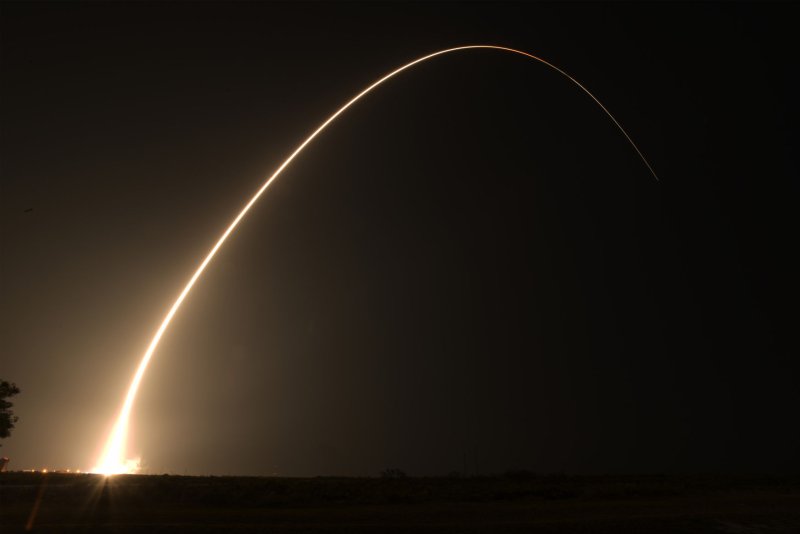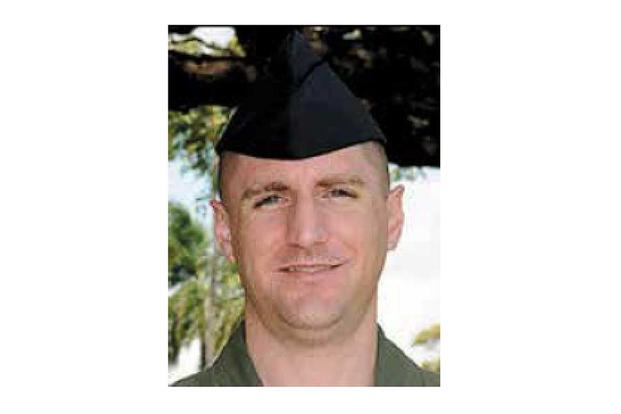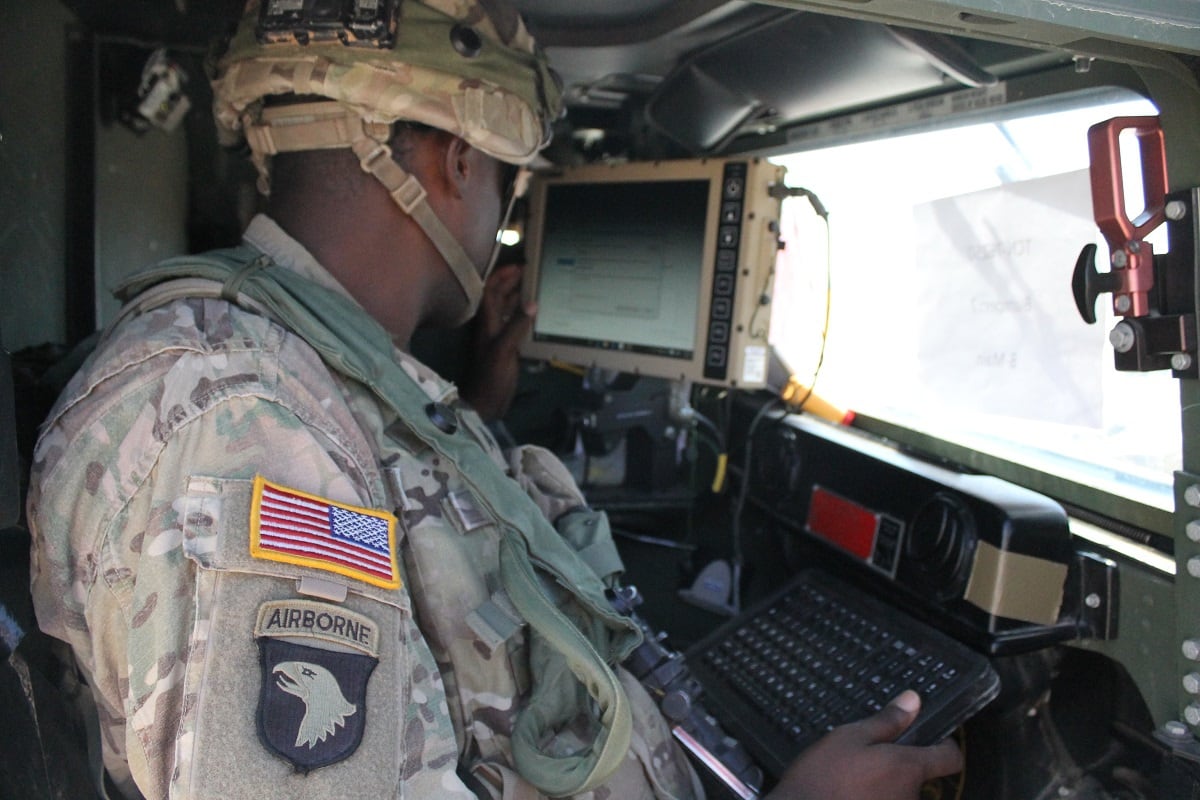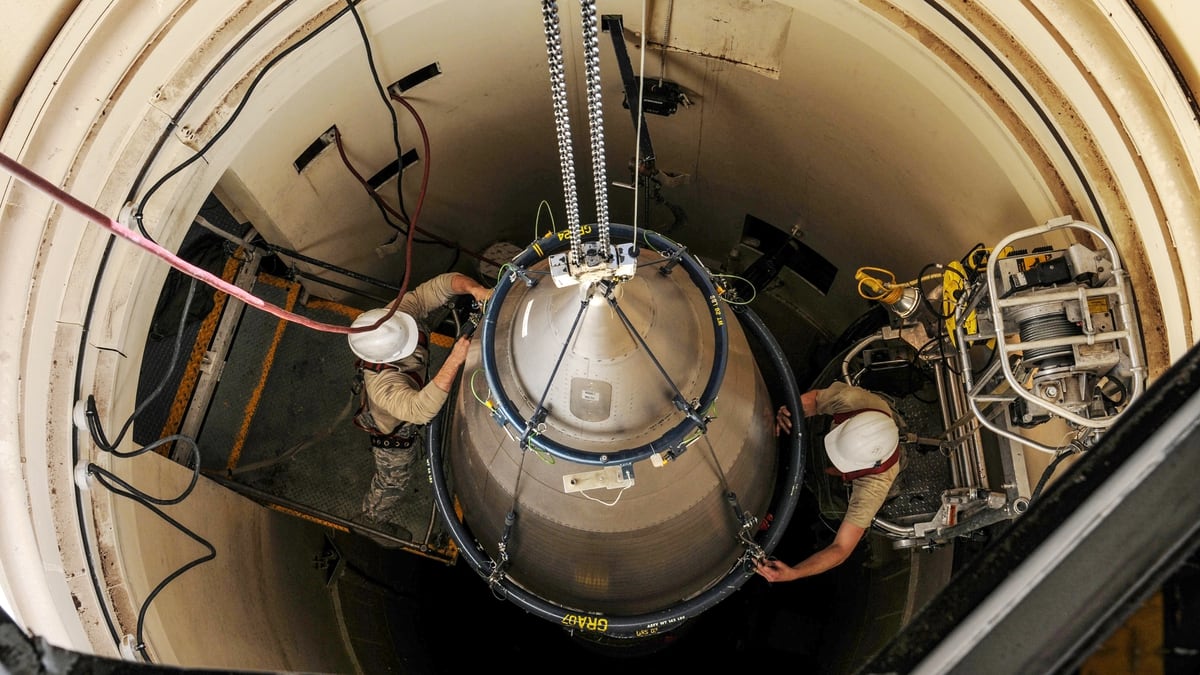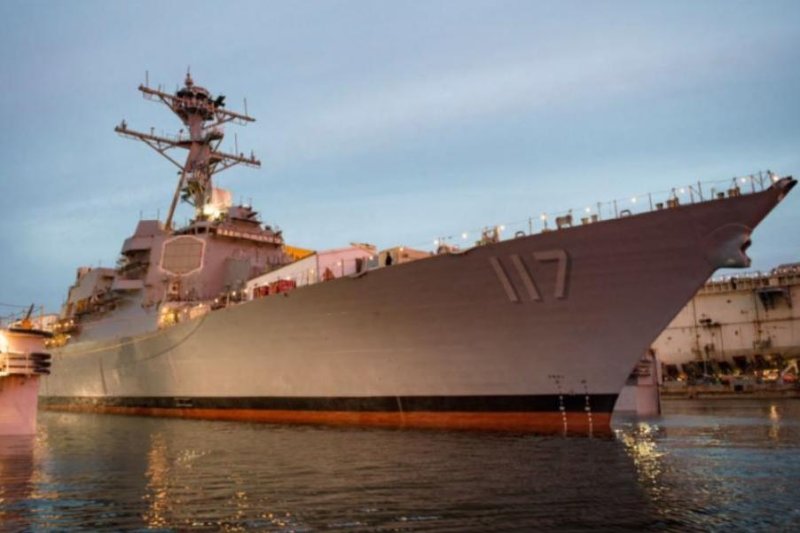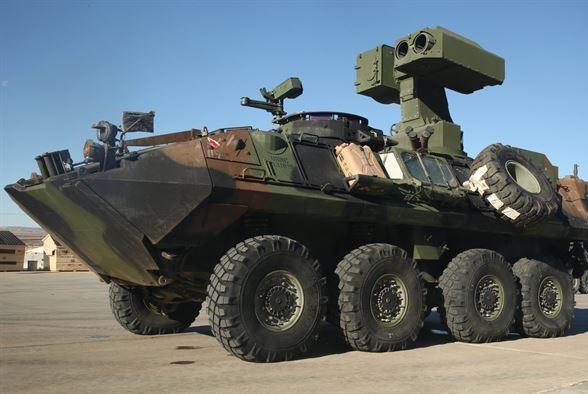Mattis Recommends Keeping Transgender Troops in Military: Report
22 Feb 2018
By Richard Sisk
Defense Secretary Jim Mattis' recommendations to President Donald Trump on the policy for transgender individuals in the military reportedly call for allowing them to continue to serve.
Despite Trump's proposed ban on the recruitment and continued service of transgender individuals, the Washington Post, citing two U.S. officials, reported that Mattis has recommended continuing to take in transgender recruits and allowing those already in the ranks to remain on duty.
At a Pentagon briefing Thursday, Dana White, Mattis' top spokesperson, declined to discuss specifics of Mattis' recommendations but said they were based on his overall vision for improving the "lethality" of the force.
"This is a complex issue, and the Secretary is taking his time to consider the information he's been given," White said. "It's an important issue, and again, he sees all of his decisions through the lens of lethality."
She said that Mattis "will provide his recommendations to the president this week and the president will announce his decision" on how to proceed.
Mattis was under a Tuesday deadline to send to the White House his recommendations, based on a review by a panel of experts, but White and other Pentagon spokesmen said Mattis' report had yet to leave the building and would probably be forwarded on Friday.
At that time, it will be up to the White House whether to discuss or release the recommendations which have taken center stage in the military since Trump caught the Pentagon by surprise last July by sending out a series of Tweets calling for the ban.
Trump said in the Tweets that he wanted the future policy to be that the U.S. "will not accept or allow transgender individuals to serve in any capacity in the U.S. military." In August, he directed Mattis to review the policy and report back to him by Feb. 21.
Trump said he decided on a ban "after consultation with my Generals and military experts," citing the "tremendous medical costs and disruption" he believed that retaining transgender individuals would involve.
However, Joint Chiefs Chairman Gen. Joseph Dunford appeared to have been blindsided by Trump's call for a ban.
He quickly issued a directive to the service chiefs telling them to stay with the 2016 policy ordered by former President Barack Obama, which allowed transgender individuals to serve openly, until he had further guidance. Trump then ordered Mattis to conduct the review.
It was unclear what would happen if Trump rejected Mattis' reported recommendation and continued to press for a ban.
Trump's initial proposals triggered a series of lawsuits by advocacy groups and four federal district courts have now ruled that a ban would be unconstitutional. The courts also ordered that the recruitment of transgender individuals should resume on Jan. 1 and the military has complied.
https://www.military.com/daily-news...troops-military-report.html?ESRC=eb_180223.nl
22 Feb 2018
By Richard Sisk
Defense Secretary Jim Mattis' recommendations to President Donald Trump on the policy for transgender individuals in the military reportedly call for allowing them to continue to serve.
Despite Trump's proposed ban on the recruitment and continued service of transgender individuals, the Washington Post, citing two U.S. officials, reported that Mattis has recommended continuing to take in transgender recruits and allowing those already in the ranks to remain on duty.
At a Pentagon briefing Thursday, Dana White, Mattis' top spokesperson, declined to discuss specifics of Mattis' recommendations but said they were based on his overall vision for improving the "lethality" of the force.
"This is a complex issue, and the Secretary is taking his time to consider the information he's been given," White said. "It's an important issue, and again, he sees all of his decisions through the lens of lethality."
She said that Mattis "will provide his recommendations to the president this week and the president will announce his decision" on how to proceed.
Mattis was under a Tuesday deadline to send to the White House his recommendations, based on a review by a panel of experts, but White and other Pentagon spokesmen said Mattis' report had yet to leave the building and would probably be forwarded on Friday.
At that time, it will be up to the White House whether to discuss or release the recommendations which have taken center stage in the military since Trump caught the Pentagon by surprise last July by sending out a series of Tweets calling for the ban.
Trump said in the Tweets that he wanted the future policy to be that the U.S. "will not accept or allow transgender individuals to serve in any capacity in the U.S. military." In August, he directed Mattis to review the policy and report back to him by Feb. 21.
Trump said he decided on a ban "after consultation with my Generals and military experts," citing the "tremendous medical costs and disruption" he believed that retaining transgender individuals would involve.
However, Joint Chiefs Chairman Gen. Joseph Dunford appeared to have been blindsided by Trump's call for a ban.
He quickly issued a directive to the service chiefs telling them to stay with the 2016 policy ordered by former President Barack Obama, which allowed transgender individuals to serve openly, until he had further guidance. Trump then ordered Mattis to conduct the review.
It was unclear what would happen if Trump rejected Mattis' reported recommendation and continued to press for a ban.
Trump's initial proposals triggered a series of lawsuits by advocacy groups and four federal district courts have now ruled that a ban would be unconstitutional. The courts also ordered that the recruitment of transgender individuals should resume on Jan. 1 and the military has complied.
https://www.military.com/daily-news...troops-military-report.html?ESRC=eb_180223.nl


